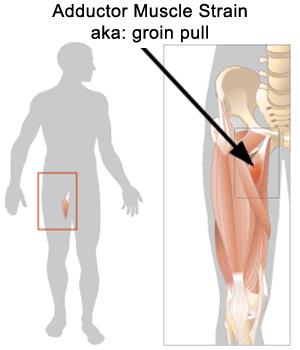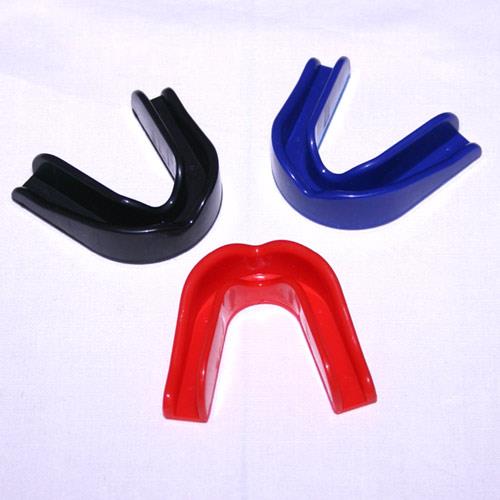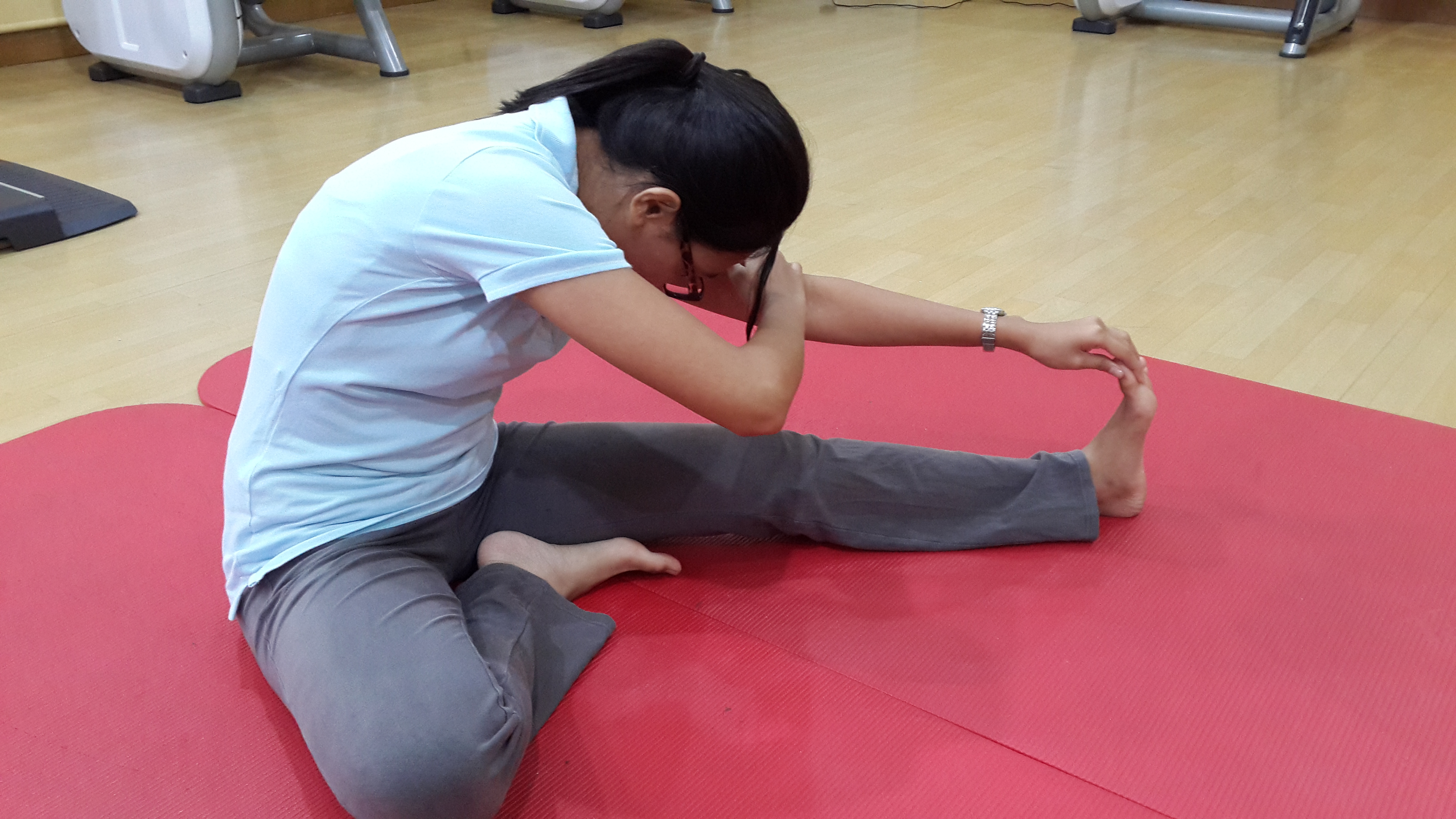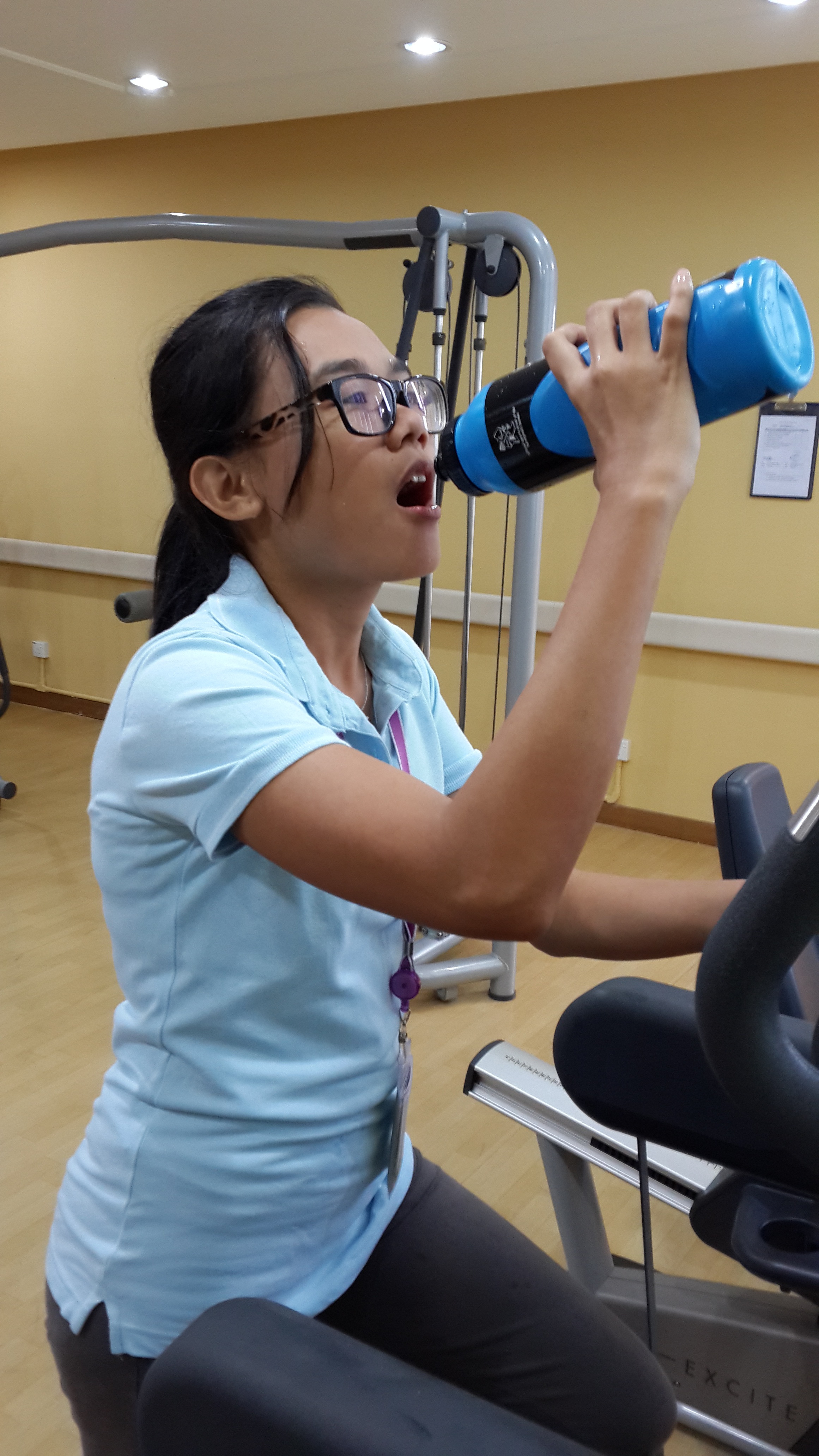SAFETY TIPS: HOCKEY
Hockey can be considered as one of the popular sport in our country. There are a lot of development programs to ensure that this sport achieves more recognition worldwide.
Knowing that hockey is a contact sport, injury from this game ranges from minor soft tissue injury to a catastrophic one. The rate and severity of injury depends on the amount of contact and also the speed of the ball and not to mention swinging of the hockey stick.


However, the risk of injury can be minimized through proper education and guidelines available.
Acute injuries may result from contact with a stick, the ball, the opponent or the playing surface or goal cage.
Some of the common hockey related injuries are as follows:
- Concussion
- Mostly occur from a blow to the head or falls. A concussion is defined as any injury to the brain that disrupts normal brain function on a temporary or permanent basis.
- With most concussion, the player is not knocked out or unconscious.
- Symptoms range from subtle to obvious and it may happen immediately after the injury may take hours to days to develop.
- These are the symptoms of a concussion:
- Headache
- Dizziness
- Nausea or vomiting
- Difficulty balancing
- Visual symptoms such as light sensitivity, double vision, blurred vision
- Difficulty focusing attention
- Confusion
- Amnesia or loss of memory
- Loss of interests in favorite activities or items
- Coaches or parents should be aware of this condition and always keep in mind if there are any changes in cognitive or physical function. All concussion is serious and should get a medical clearance from a sports Physician.
- Upper and Lower Limb Injuries
- Upper limb injuries occur as a result from a fall or contact with opponents. Minor abrasion, strains and sprains can be treated on the field.
- Serious injuries such as dislocations and fractures have to be immobilized with a splint before getting transferred to nearest medical facilities.
- Knee injuries often result from a tear in the ligament which support the stability of the joint. The most common injury is the anterior cruciate ligament (ACL) in which you could hear a ‘pop’ sound during injury followed by pain and swelling immediately.
- Groin strains are due to pull or tear of the adductor muscle, which is very common in hockey. A proper warm up and stretching session before a game can help to prevent this.
- Facial injuries
- Accidental contact with the ball or an opponent’s stick may result in injury to the face. Most injuries result in minor cuts and bruises. But the severe ones can cause blunt or penetrating injuries to the eyes, broken teeth and fracture or dislocations to the facial bone.


Groin strain image from www.urban-rehab.org
It is possible to plan and implement strategies to prevent injuries from happening while playing hockey. These are some safety tips to follow:
- Protective equipment
- Shin guards have been proven to be effective to reduce injuries in kick type of sports. Nevertheless, it should also be used in this sport. Players should wear it whether during training or matches.
- Mouth guards should be worn throughout any game. It can protect the teeth and jaw from being fractured. It should be properly fitted and comfortable to you.
- The usage of protective eyewear and gloves to prevent injuries still need further studies.


Mouth guard image from static.webstarts.com
- Proper warm up, stretching and cool down session
- Coaches and players should know the importance of warming up and stretching before any games. It is accepted that it has a role in reducing incidence and severity of musculoskeletal injuries.
- Cooling down after each game helps to promote recovery after each strenuous activity.


- Fitness and adequate skills
- You should pay attention to your fitness in every aspect including aerobic, muscle strength and endurance and also flexibility. If there is any weakness noted, you should try improving it before getting into a game.
- Discuss with your coaches and also doctors on how to plan your conditioning program.
- Good nutrition and hydration
- Given the high intensity of this sport, you should pay particular attention to your nutrition. You need to know what is the ideal energy intake to replace what has been used during the game.
- Significant loss of water through sweating during games can lead to dehydration which can impair performance. Therefore, hydration strategies need to be planned properly in order to avoid risk of dehydration.
- Parents and coaches should be aware of female athlete who presented with menstrual irregularities as these have been associated with eating disorder and incidence of developing osteoporosis at a later stage of life.


- Rules and penalties
- Rules of game in any sports are a principle key in preventing injuries. Officials do have a duty to protect the safety of all athletes during games.
- Certain rules are applied and conventions observed to reduce dangerous play during a match. To reduce the risk of stick and ball injuries, rules of limit have been adopted.
- International Hockey Federation states that any player with bleeding injuries must leave the pitch through the ‘No blood rules’. Wound must be well covered and bleeding must be stopped before re-entering the game.
References
1. Clinical Sports Medicine, Peter Brukner and Karim Khan
3. www.monash.edu.au







